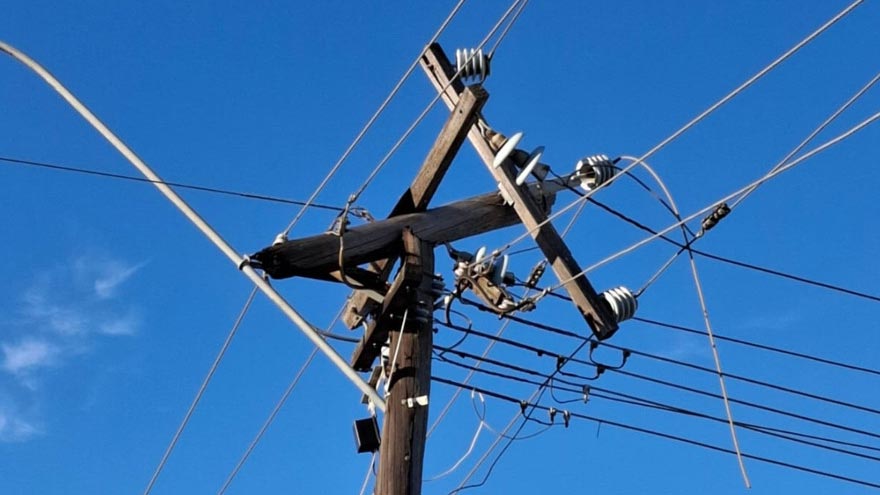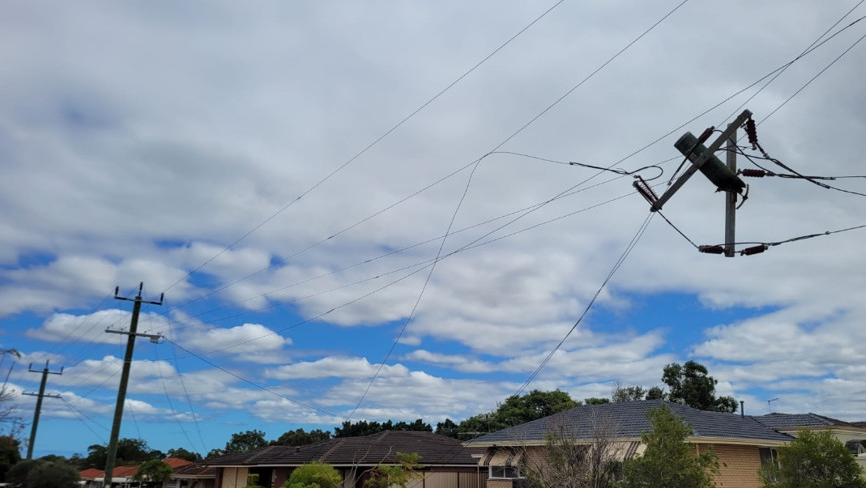FAQs
Pole top fires can occur in any area where dust and pollution accumulate on insulators, but WA’s combination of dry conditions, coastal salt and sea breezes, and agricultural activity makes them more common.
Steel and concrete poles require complex and expensive earthing systems, which makes them less viable across large areas of WA. Wood poles remain the most efficient option for local conditions.
While maintenance programs significantly reduce risk, pole top fires cannot be entirely eliminated due to environmental conditions. The focus is on minimising impact through strategic prevention and response.
Regions most prone to pole top fires include:
- Coastal areas (salt accumulation)
- Farming regions (agricultural dust)
- Bushfire-prone zones (high-risk fire areas)
Pole top fires can occur when hot, dry, and windy weather is followed by a cool, misty change. Humidity and light rain mix with built-up dust and pollution on insulators, creating a conductive path that allows electricity to arc. Over time, this can heat metal fixtures and, in some cases, ignite fires.
We actively reduce the risk of pole top fires through regular washing and siliconing of insulators, preventing dust buildup, as well as insulator replacements in high-risk areas. Given the size of the network and with 860,000 poles in the system, a targeted, risk-based approach ensures mitigation efforts are focused where they’re needed most.

